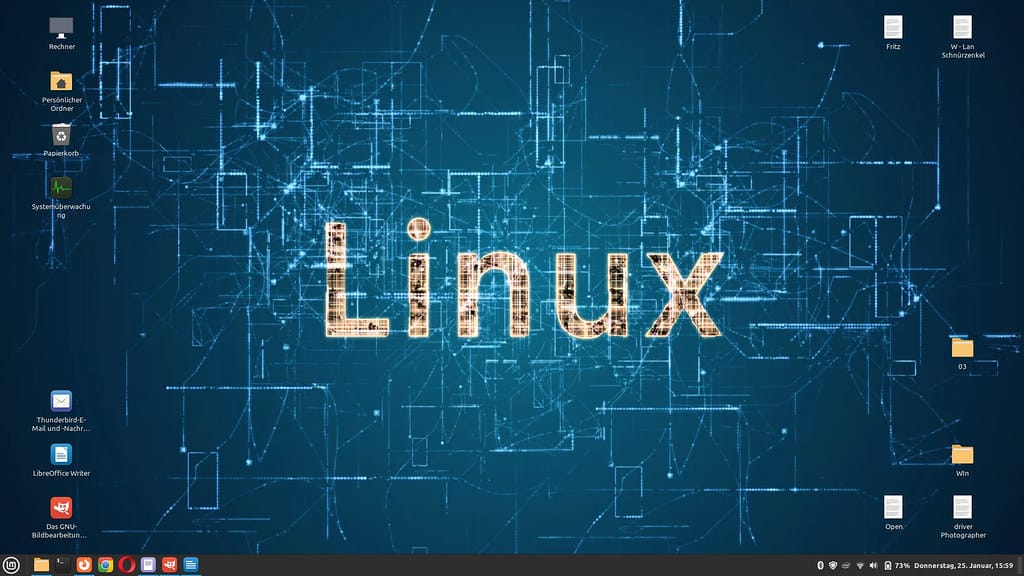Linux Finally Breaks the 5% Desktop Barrier: A Quiet Revolution in Computing
After decades of hovering around 2-3% market share, Linux has quietly crossed a historic milestone, claiming over 5% of the global desktop operating system market. This achievement, while modest compared to Windows' dominance, represents a significant shift in the computing landscape and signals growing mainstream acceptance of the open-source platform.
The Numbers Tell a Story
According to recent data from StatCounter, Linux desktop usage has steadily climbed from 2.09% in January 2020 to 5.33% as of late 2024. This growth trajectory accelerated particularly during the pandemic years, as remote work arrangements pushed users to explore alternatives to traditional operating systems.
The milestone is even more impressive when considering the fragmented nature of Linux distributions. Unlike Windows or macOS, Linux market share is distributed across dozens of variants, including Ubuntu, Fedora, Arch, and Mint. Ubuntu alone accounts for approximately 30% of Linux desktop usage, followed by Fedora at 15% and Debian-based distributions claiming another 20%.
Gaming: The Unexpected Catalyst
Perhaps the most surprising driver of Linux adoption has been gaming. Steam's Steam Deck, running on Arch Linux, has introduced millions of users to the platform's capabilities. Valve's Proton compatibility layer now allows thousands of Windows games to run seamlessly on Linux, eliminating what was historically the platform's biggest barrier to mainstream adoption.
The gaming community's embrace of Linux is reflected in Steam's hardware surveys, which show Linux usage among Steam users reaching 1.96% – a figure that may seem small but represents millions of active gaming systems. Professional esports organizations and content creators have begun highlighting Linux gaming setups, further legitimizing the platform among younger demographics.
Enterprise Adoption Drives Consumer Interest
The enterprise world's long-standing relationship with Linux has begun influencing consumer behavior. As more professionals work with Linux-based systems in their careers – from cloud computing to AI development – they're increasingly comfortable adopting it for personal use.
Tech giants like Google, Amazon, and Microsoft (ironically) run massive Linux infrastructures, and this enterprise credibility has filtered down to individual users. The rise of Chromebooks, while not traditional Linux, has also familiarized millions with non-Windows computing experiences.
Hardware Support Reaches Critical Mass
Modern Linux distributions now offer plug-and-play compatibility with most consumer hardware. Graphics drivers from NVIDIA and AMD have improved dramatically, while manufacturers like System76, Purism, and even Dell offer Linux pre-installed on consumer laptops.
The transition to ARM-based processors has created new opportunities for Linux adoption. While macOS dominates ARM laptops currently, Linux distributions are rapidly optimizing for these chips, potentially capturing market share as ARM adoption expands beyond Apple's ecosystem.
The Privacy and Security Advantage
Growing concerns about data privacy and corporate surveillance have pushed privacy-conscious users toward Linux. Unlike Windows and macOS, Linux distributions typically don't collect telemetry data or include advertising frameworks by default.
This privacy focus has resonated particularly with younger users who've grown up witnessing high-profile data breaches and surveillance revelations. Linux's transparent, community-driven development model offers an appealing alternative to corporate-controlled operating systems.
Challenges Remain
Despite this progress, Linux still faces significant hurdles. Software compatibility remains inconsistent, particularly for creative professionals who depend on Adobe Creative Suite and other proprietary applications. While alternatives like GIMP and Blender exist, they don't always meet professional workflow requirements.
The learning curve, while reduced, still exists. New users often struggle with command-line interfaces and system administration tasks that Windows and macOS handle automatically.
Looking Forward
Reaching 5% desktop market share represents more than just a numerical milestone – it demonstrates Linux's evolution from a niche enthusiast platform to a viable mainstream alternative. As hardware support continues improving and compatibility layers mature, Linux is positioned to capture additional market share from users seeking alternatives to traditional operating systems.
The platform's growth trajectory suggests it could reach 10% market share within the next five years, particularly if gaming compatibility continues expanding and privacy concerns drive more users away from data-collecting alternatives.
For the broader computing industry, Linux's rise signals a healthy diversification of the desktop ecosystem. Competition breeds innovation, and Linux's growing presence will likely push Microsoft and Apple to improve their own offerings while providing users with genuine choice in their computing experience.
The quiet revolution is no longer quiet – Linux has arrived as a legitimate desktop platform.

